
Your brand shows customers and potential customers what your business is about. The colors, fonts, voice, logo, and other aspects of your brand make your business memorable, and help to show customers what they can expect from you. When all of your brand elements work together cohesively, you can create a powerful brand image. In this blog post, we’ll walk through the elements of your brand style guide, with examples from impactful brands to help you get started. As you go through this post, use our brand style guide template to fill out your own brand style guide. Simply click the link, make a copy of the document when prompted, and you’ll be ready to get started.
Why You Need a Brand Style Guide
Having a style guide for your brand will ensure consistency across all marketing platforms including your website, print materials and social media pages. When your materials are harmonious, your brand becomes memorable and familiar.
The best way to maintain continuity in everything your audience sees is to set up a rule book of how your brand communicates visually. Clear design outlines can alleviate confusion from team members working on various collateral. Well-documented guidelines ensure the content your team puts out is instantly recognizable by your audience and can create an emotional response with your brand.
What to Include in Your Brand Style Guide
A brand style guide can be as basic or as detailed as your company needs, but should include the following:
- Brand story
- Voice and tone
- Logo and logo variations
- Colors
- Typography
- Imagery
Your Brand Style Guide Template and Examples
As we walk through the elements of your brand style guide, use our brand style guide template to create your own brand. Simply make a copy of the document when prompted, and start imagining or reimagining the look and feel of your brand.
Brand Story
Your brand story should communicate the fundamentals of your brand—things like your history, vision and mission. It should also convey your company’s personality and establish how your brand should be represented. As you walk through the brand style guide template, this can can serve as a guidepost for developing the other aspects, like colors and images.
Think about the adjectives you would use to describe your business; are you casual, playful and energetic? Or would formal, respectful and professional best define you?
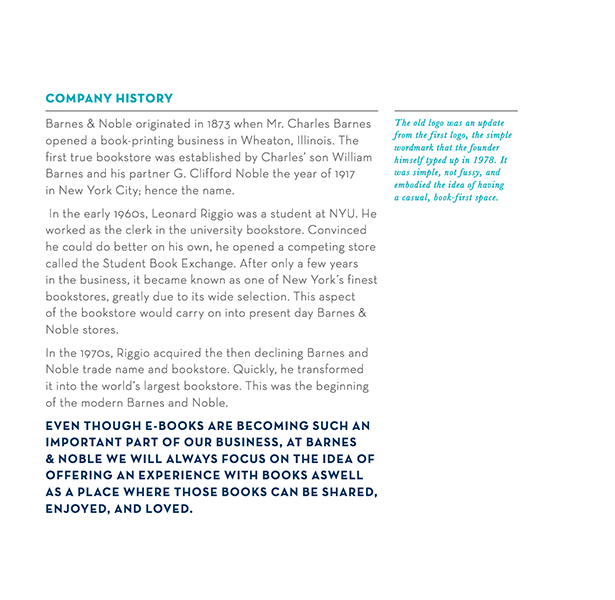 The Barnes & Noble style guide has a clear outline of the company’s history. |
 Atlassian goes into great detail to describe the personality of the company in their brand guide. |
Your company values will determine the look and feel of your collateral so setting clear outlines will be an important aspect when setting up your brand style guide.
Voice and Tone
Much of your brand’s personality shines through your content. When communicating with your audience, it’s important to consider the text and language you’re using. Should your writing style feel more literal or are metaphors more appropriate? What about simple text vs. academic explanations? Creating a consistent voice and tone helps to show what your business is like. It can communicate that you are friendly and casual, professional and authoritative, fun and edgy, traditional and experienced, and much more.
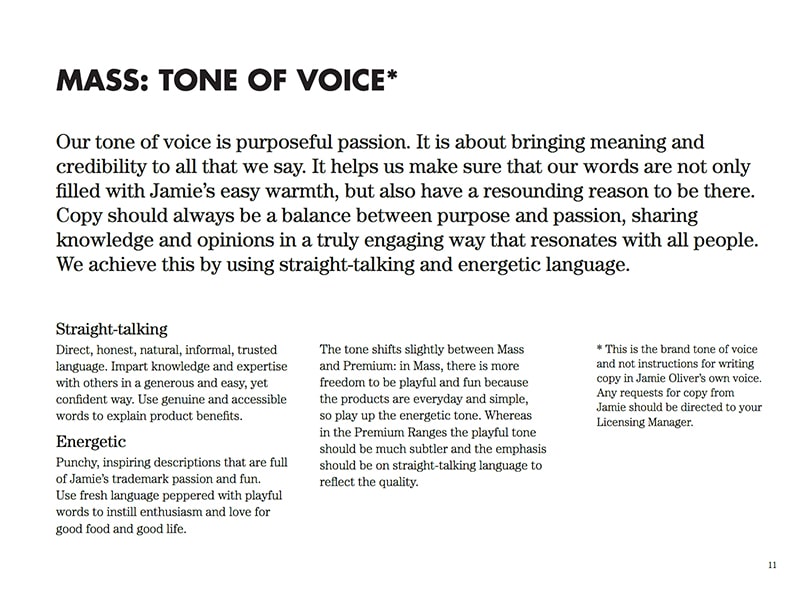 The Jamie Oliver brand style guide includes descriptions of the voice and tone used in marketing materials. |
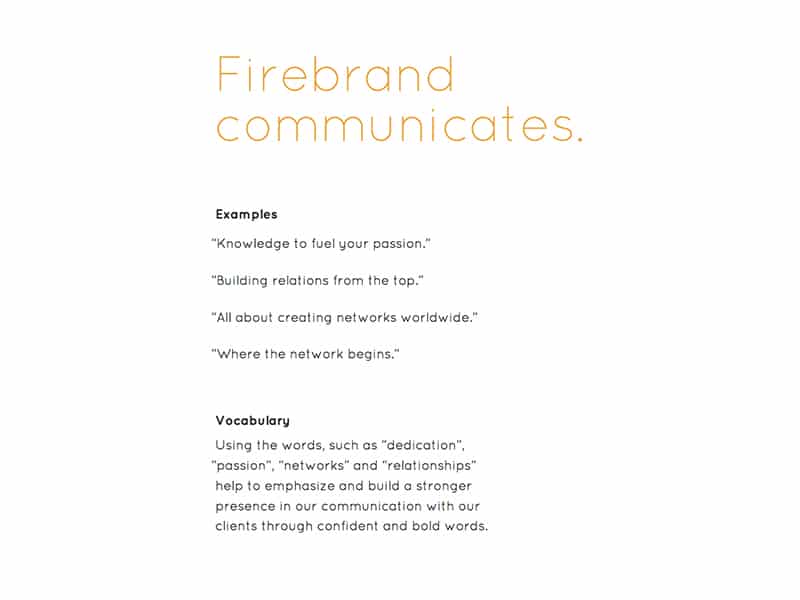 Firebrand’s guide includes examples of of how to properly communicate with their target audience. |
Consider things like punctuation, grammar and vocabulary when creating your brand style guide and think about including examples that don’t match your brand and need to be avoided.
Logo and Logo Variations
Your logo is going to appear on all marketing materials, so it’s important to ensure consistency no matter where it’s applied. A brand style guide should dictate appropriate logo spacing, colors and variations like vertical and horizontal oriented logos, your logo with a tagline and the logo mark. Consider how your logo will look on the web, as well as print materials, signage, and more.
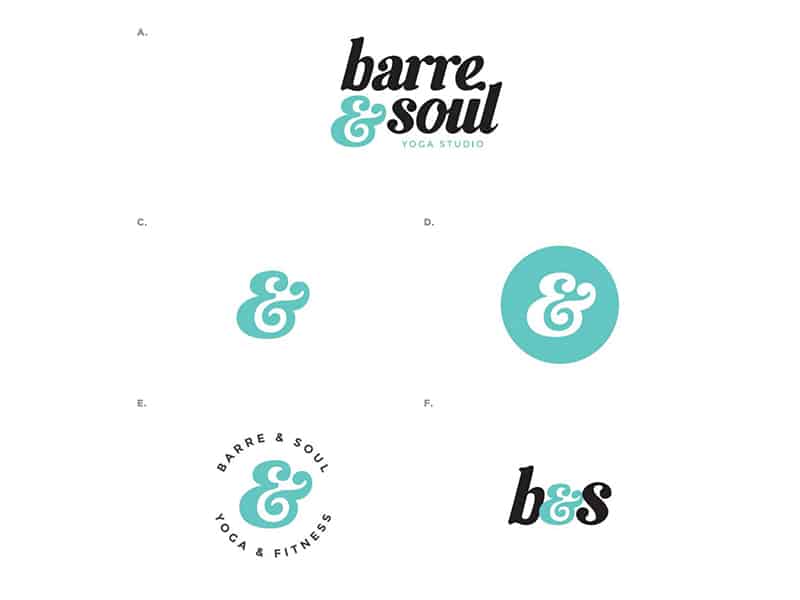 Barre & Soul displays multiple variations of their logo in their brand guide. |
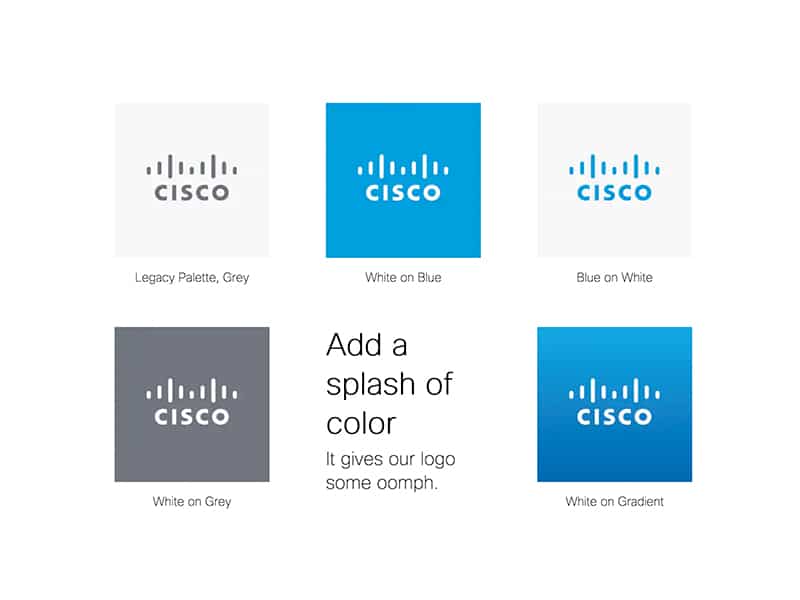 Cisco uses the brand style guide to outline all the ways their logo can be used with backgrounds. |
You may also want to include examples of ways the logo shouldn’t be used in your brand style guide.
Colors
Color plays an important role in determining how your brand is viewed by your audience, so clearly listing the colors that make up your brand is important for your style guide. You’ll want to consider each application where your colors will be used and include CMYK codes for print, RGB codes for screens and HEX codes for web. If you use Pantone spot colors for print, you should also include these codes as well.
Carefully consider how your colors work together and complement each other, as well as the mood they inspire. Are your colors consistent with your brand’s personality and message? Will these colors work harmoniously together across web and print? Before you commit to a color scheme, ask current and potential customers what they think, so you know you’re on-track.
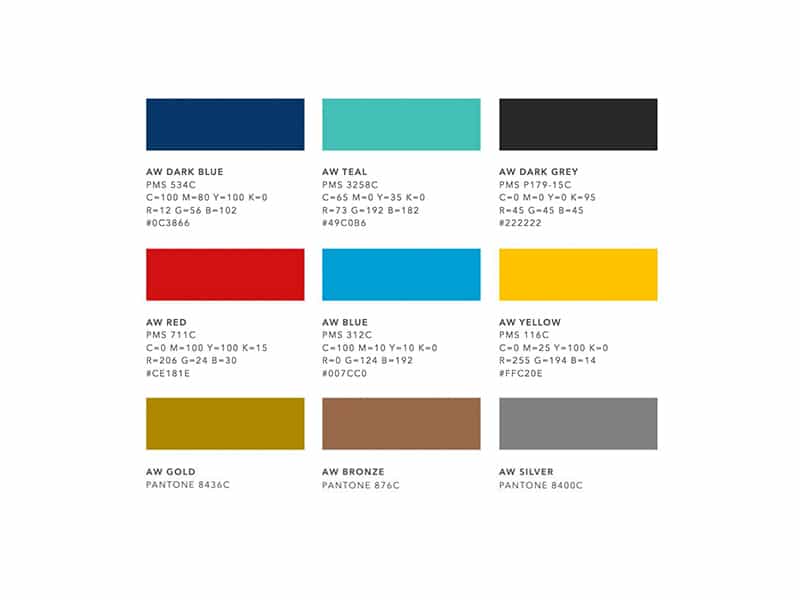 The Alienware brand guide includes specific Pantone colors for their metallic print materials. |
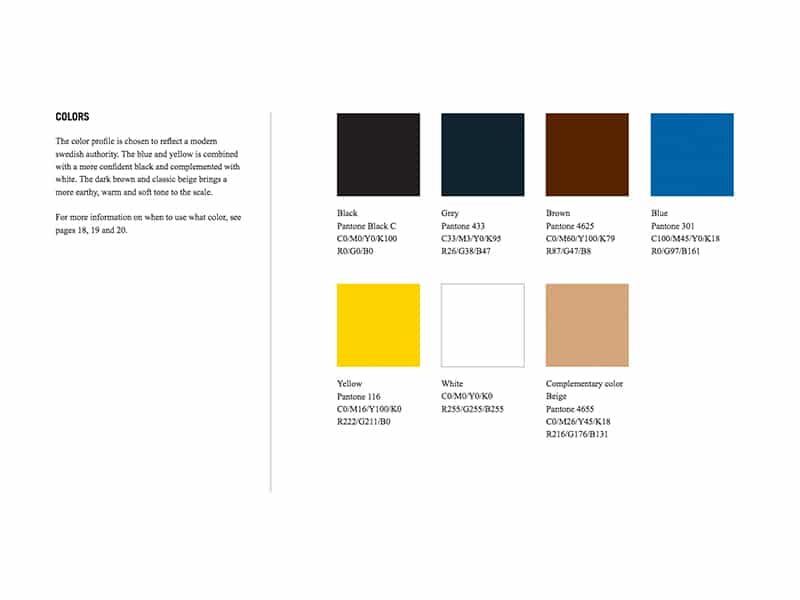 The Swedish Armed Forces style guide includes a brief description of the color selection. |
Typography
The font choices, styles, spacing and alignment of your text will tell the story of your brand. Ensure your team is staying true to your style by including font selections for header and body copy and how your text should be formatted. Be sure to include details about spacing, alignment, and font weight.
Once again, consider how your font choices match your overall brand personality and message, as well as the overall look. Generally, it’s a good idea to stay within a font family. This will give you attention-grabbing fonts for headings and attractive, readable fonts for body copy.
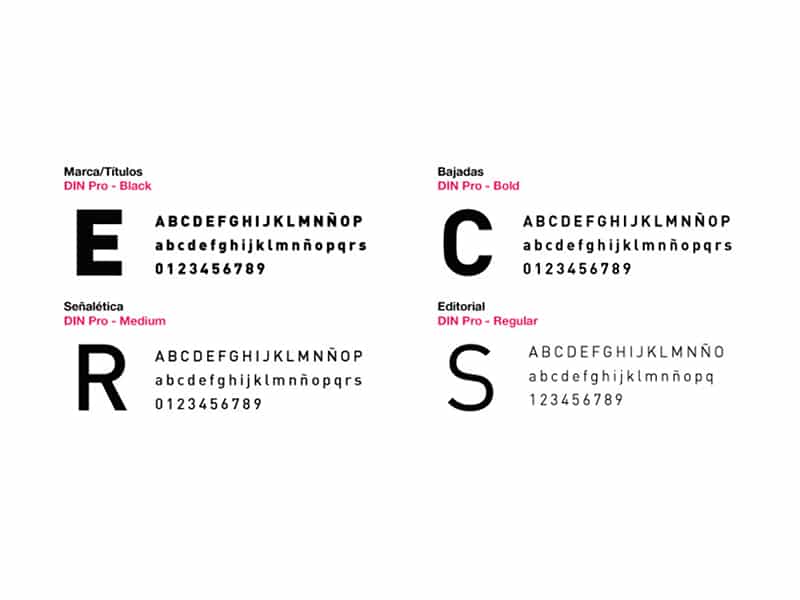 The Espacio Culural brand guide clearly outlines the acceptable fonts used for their marketing materials. |
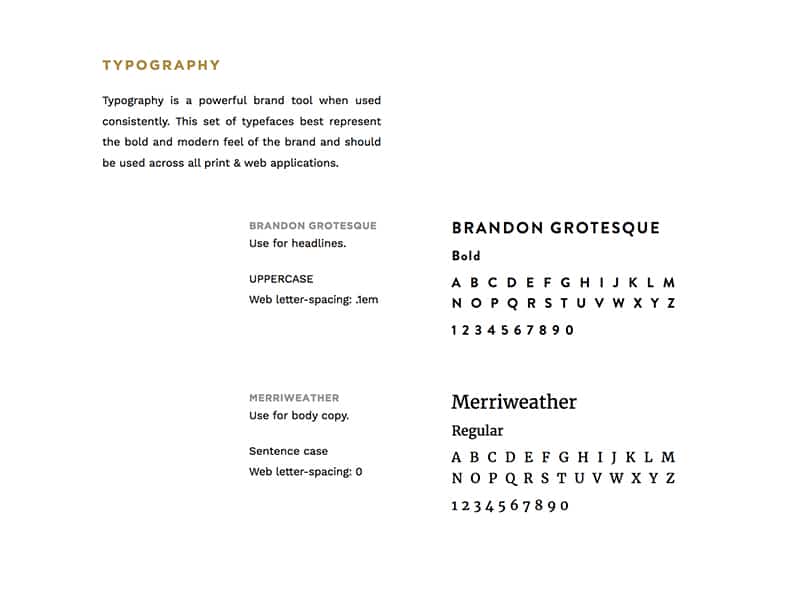 The brand guide for Scrimshaw includes descriptions for where each font should be used. |
Imagery
What type of imagery should be included in your collateral? Does your business use a lot of illustrations or are photographs more your style? Do you have custom photos or will you use stock photography? It’s important to stay consistent with the images you present in your materials so having a guideline for imagery will ensure your team chooses the right types of images.
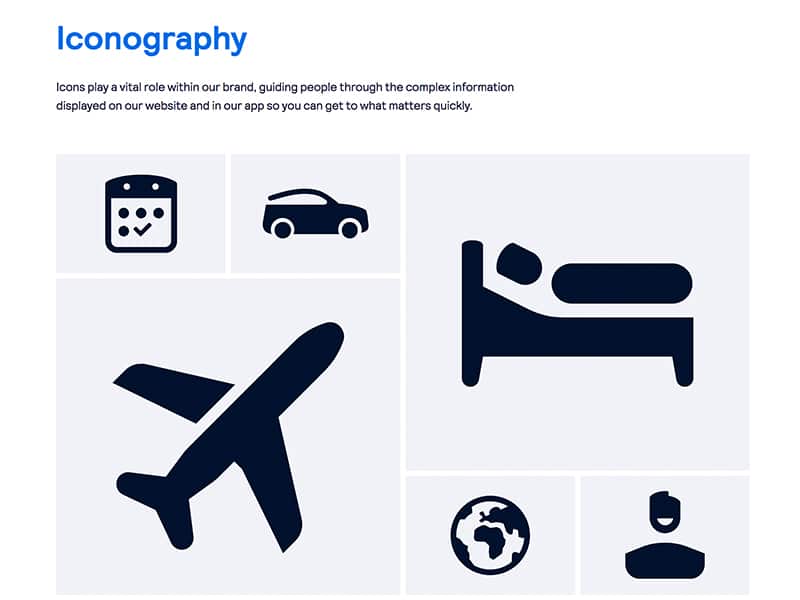 The Skyscanner guide makes it clear what type of icons should be used in their marketing materials. |
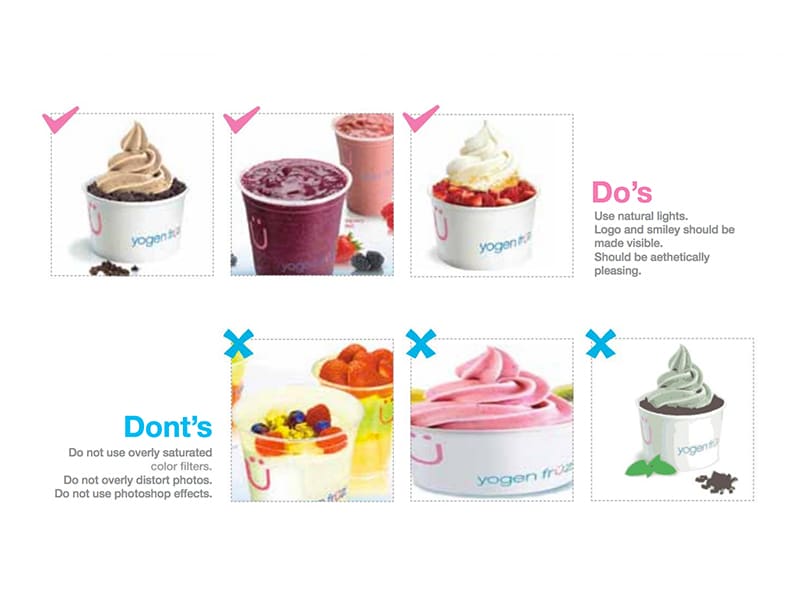 Yogen Fruz includes examples of how not to use imagery in their brand style guide. |
When it comes to illustrations and icons, think about the style guidelines you should set. Should they all be outlined or would solid images look better? What about using different colors? To ensure your styles stay consistent it may help to obtain your resources from the same website or icon pack.
Conclusion
With a consistent brand style guide, you can give your brand a refresh or start your new business out with a powerful image. Well-documented guidelines are a key resource for team members putting together materials for your company. When your collateral is consistent, your target audience can easily recognize your brand and connect with your company on an emotional level.
In case you missed it, you can get started creating your own style guide by using our FREE brand style guide template! Each page includes everything you need to create a detailed brand style guide you and your team can work from.
